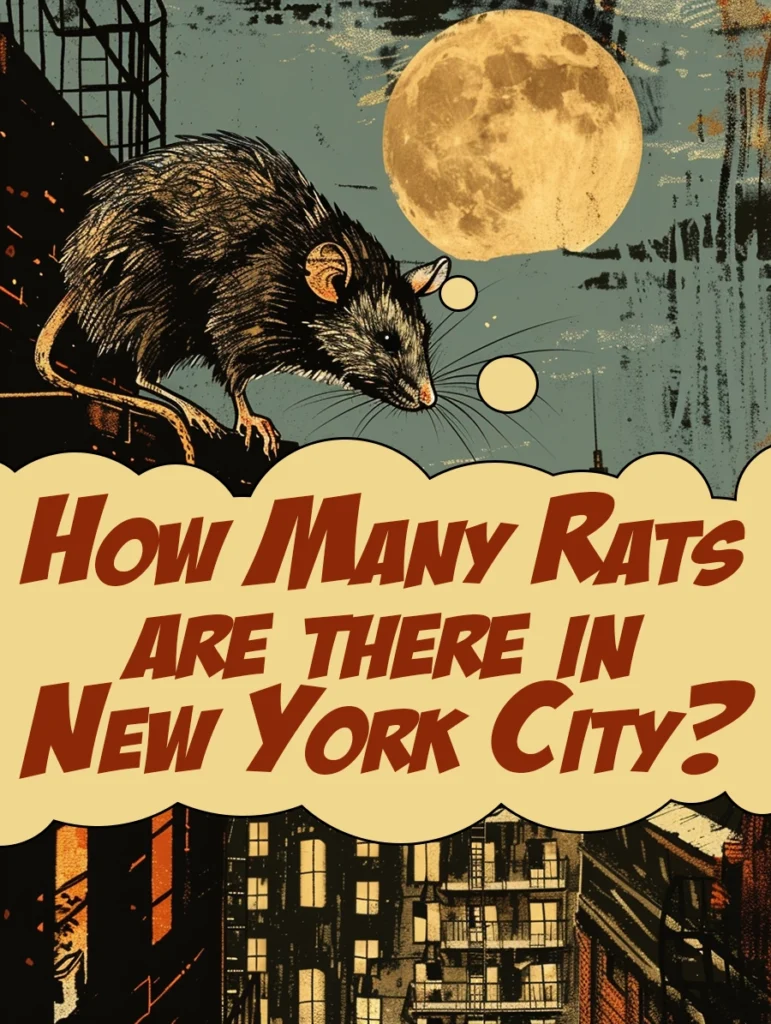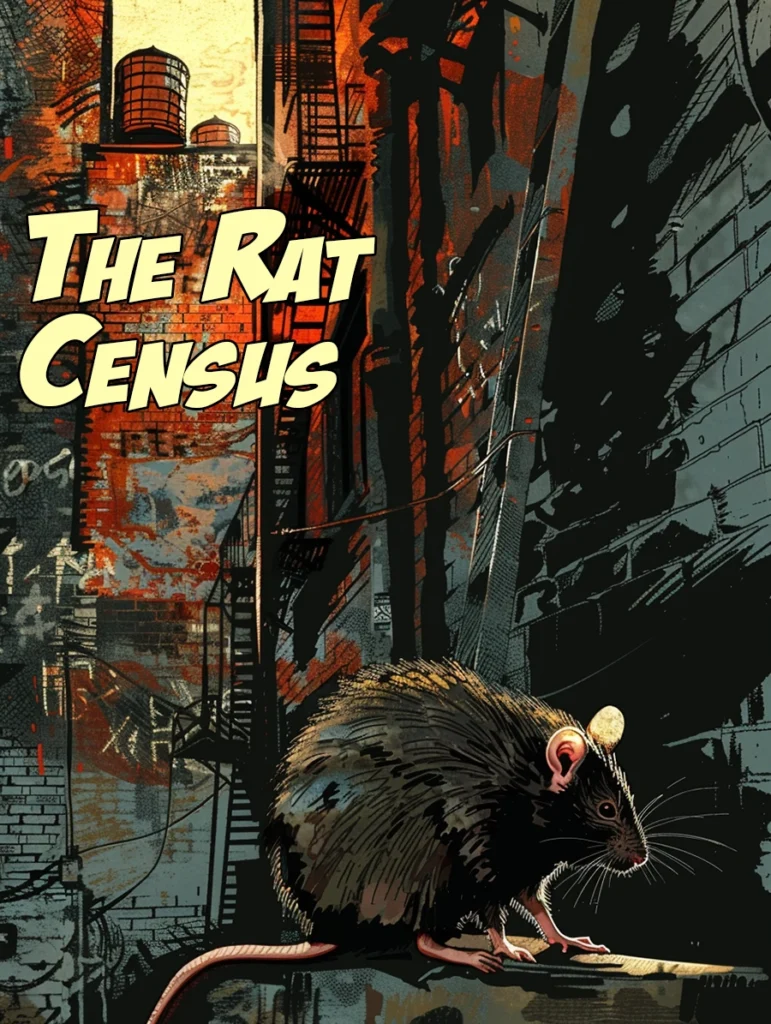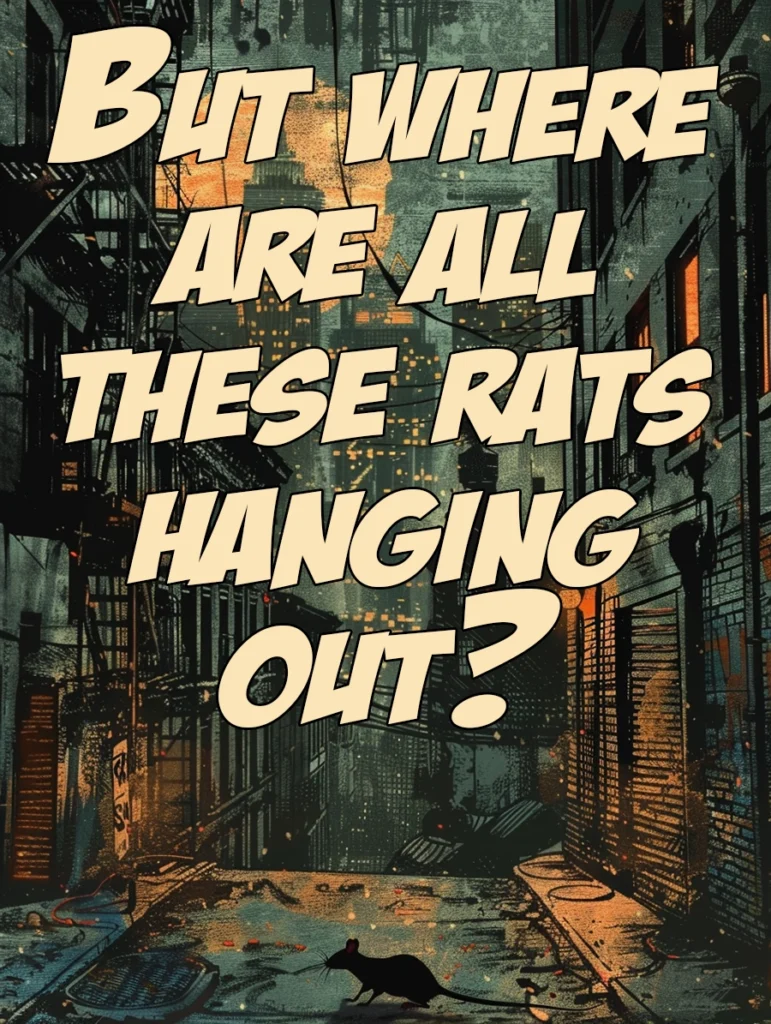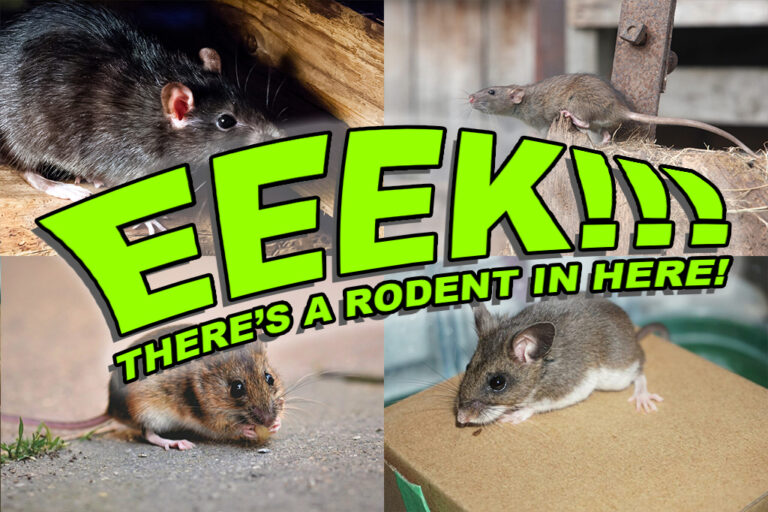
Ratropolis: Unraveling the Rodent Proliferation in New York City
Ah, the concrete jungle where dreams are made and where rats thrive like never before! There has long been speculation about the number of rats scurrying through the streets of New York City. Let’s see what the recent numbers say.

The Rat Census
Determining the precise number of rats in a bustling city like New York is no easy feat. The city’s residents and visitors alike have their own theories and exaggerated tales about the rodent population. In 2014, a survey estimated that New York City had a rat population of between 2 million and 32 million, with the most likely number believed to be around 8.4 million by a team at Columbia University’s Mailman School of Public Health.
However, a study conducted in 2023 calculated that there are around 3 million rats in New York, which is roughly one-third of the city’s human population. But still, that’s a lotta rats!

Factors Contributing to the Rat Population
Numerous factors contribute to the proliferation of rats in New York City. First and foremost, the abundance of food waste generated from millions of residents, countless restaurants, and businesses provides an all-you-can-eat buffet for these critters. The city’s intricate sewer system, along with its maze of underground tunnels and abandoned buildings, creates an ideal breeding ground. Additionally, the mild climate and absence of natural predators further contribute to the rat population.
Diverse Perspectives
To provide a well-rounded view, let’s consider diverse perspectives on the rat population in NYC:
Pest Control
From the professionals who battle these sneaky critters daily, we gain a deeper understanding of the magnitude of the problem. Pest control experts emphasize the importance of public awareness, proper waste management, and the implementation of effective rat control measures.
Ecologists
Some ecologists argue that rats, although considered pests, play a crucial role in urban ecosystems by consuming organic waste and acting as scavengers. They suggest that a balanced coexistence with rats, rather than complete eradication, should be the goal.
New Yorkers
Ask any New Yorker about their encounters with rats, and you’ll likely hear tales that are equal parts terrifying and hilarious. From late-night subway encounters to squeamish sightings in the trash-filled alleys, city dwellers have their own unique stories to tell.
New York City’s rat population remains a hot topic of discussion, with varied viewpoints on how to address the issue. While determining the exact number of rats may elude us, one thing is certain: these resilient rodents have undoubtedly made a home for themselves in the city that never sleeps.
But where are all these rats hanging out?
In the concrete jungle of New York City, one might wonder, “Where on Earth do all these rats live?” These critters have become urban experts at finding cozy nooks and crannies amidst the concrete.

Sewers and Subways
Sewers and subways provide rats with an efficient travel system and an abundant food source. A study estimated that rats in New York City may travel over four miles of subway tracks each day! It’s their equivalent of a rodent Grand Central Station.
Parks and Green Spaces
Rats have found that parks and green spaces in the city offer a haven. With dense vegetation and ample hiding spots, these areas become rat paradises. Central Park alone is estimated to house a significant rat population, appreciating the “picnic” opportunities.
Abandoned Buildings
Derelict buildings provide rats with ample shelter and seclusion. The cracks and crevices in decaying walls become a rat luxury suite, complete with 24/7 room service in the form of nearby food establishments.
Residential Areas
Don’t be fooled into thinking rats are limited to urban jungles; they also establish their domains within residential areas. Rats are ingenious climbers, making their way into apartments, basements, and attics.
Its evident that rats have truly mastered the art of urban survival, from the depths of subway tunnels to the cozy corners of abandoned buildings.









